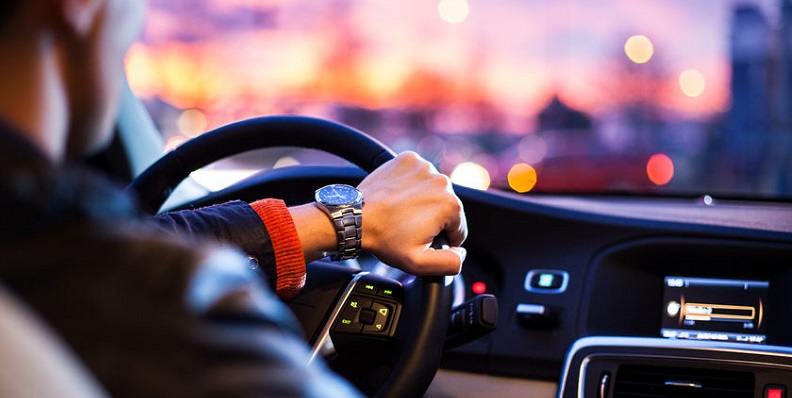A recent survey of Colorado marijuana users found that nearly 70 percent of those questioned said they had driven under the influence of pot in the last year. Another 27 percent questioned said they drive high nearly every day. How many of these drivers were involved in car accidents?
Addressing Law Enforcement Concerns About Driving Under the Influence of Marijuana
April 20, also known as 420, brought even greater media attention this year to the topic of driving under the influence of marijuana. It’s a subject that has been passionately debated by pro-pot individuals and those against the legal use of marijuana. And now that a greater number of states are considering the legalization of recreational marijuana, law enforcement officials nationwide are taking notice and increasing their efforts to combat the issue.
Colorado Takes Part in Pilot Program Seeking to Identify High Drivers
Last year, the San Diego Police Department began using a device known as the Drager 5000 to detect suspected drug use among drivers who had been pulled over or involved in an accident. The device uses a saliva sample to detect seven different drugs in someone’s system, marijuana among them. Colorado has been testing its pilot program to help law enforcement personnel cut down on the number of fatal crashes involving drivers who are high. Local news reports have highlighted that car accident fatalities involving drivers who tested positive for pot have risen sharply since 2013; a national report notes that in 2016, more than 50 traffic fatalities were linked to marijuana.
Just like alcohol and other drugs, including some prescription medications, the ultimate impact of marijuana on the body occurs in the brain. According to national health officials, drugs and alcohol interfere with the brain’s ability to function. Alcohol slows reaction time, impacts coordination and concentration, and can impair vision and judgment. When it comes to pot, more specifically the main active ingredient in the substance Tetrahydrocannabinol (THC), the Centers for Disease Control (CDC) notes that pot affects areas of the brain that control your body’s coordination, memory, judgment, and balance. Driving high can cause you to have slowed reaction times, directly impacting your ability to make quick decisions and distort your perception of what is going on around you. Neither of these effects is ideal when you are driving, and that’s why Colorado officials are engaging in research to decide what is the best method or device for detecting pot use in drivers. The ultimate goal, of course, is to bring awareness to the issue and curtail the habit of driving high, ultimately reducing Colorado car accidents.
All States May Eventually Have To Deal With This Issue
While recreational use of pot is not legal in all states, a recent poll found that around 60 percent of those questioned believe pot should be legal. That statistic is not that much of a surprise as negative attitudes toward the use of recreational pot is changing. What number is a bit startling is one that directly reflects Colorado, and not in a good way. A recent state survey of marijuana users found that nearly 70 percent of those questioned said they had driven under the influence of pot in the last year. Another 27 percent questioned said they drive high nearly every day. How many of those driving high were involved in car accidents? The Insurance Institute for Highway Safety notes:
”Legalizing recreational marijuana use in Colorado, Oregon and Washington has resulted in collision claim frequencies that are about 3 percent higher overall than would have been expected without legalization.”
Some say using pot and then driving is no more dangerous than having a drink and driving, while others steadfastly disagree. Just as alcohol, even small amounts, can impact a driver’s ability, so can pot. If you drink, don’t drive. If you do pot, adhere to the same philosophy. Find a safe way home so that you don’t end up a statistic, either by being arrested while driving high or worse, being involved in an accident.

